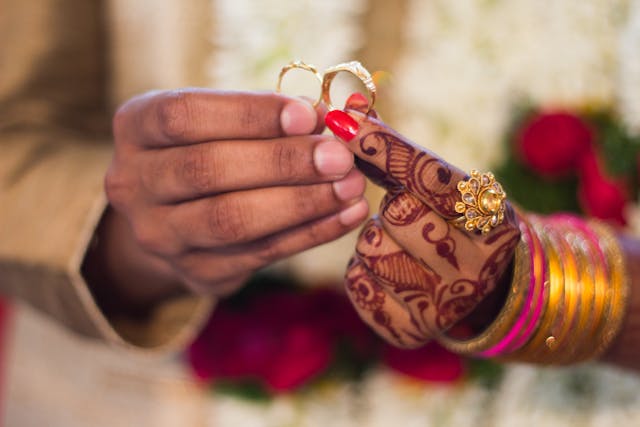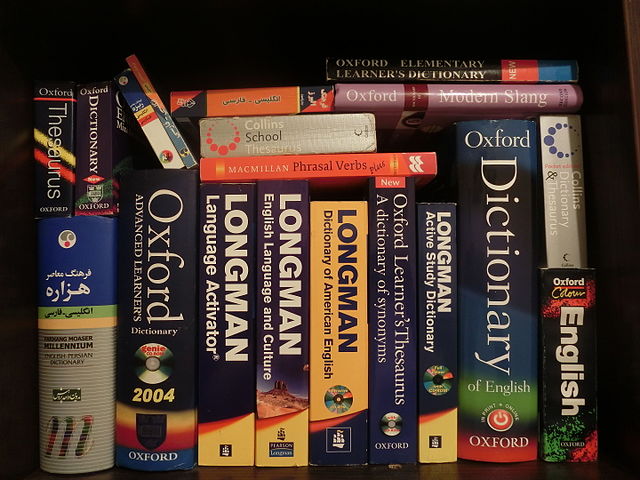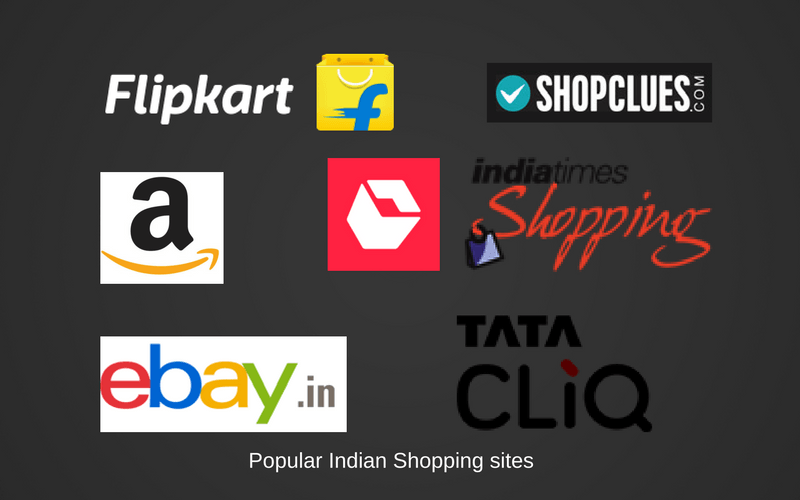Every reader who is looking forward to learning the 30 most common words used in the Hindi language must know that like English, this language also has conjunctions. These work as a framework for any language, whether it is Hindi or English. Now, what are Hindi conjunctions? We will be briefing them in detail with examples and explanations below. But, before that, it is essential to know that the Hindi language is a crucial part of the Indian culture and etiquette. You must be particular about the words and their compositions to use them correctly.
Main
Main is a common Hindi word, which means “I.” So, if you are just learning the language, this is one word that you must know.
Aap
Aap is the formal version of “You” in English. The informal version is “Tu” or “Tum.”
Acha
This is a versatile Hindi word, which means “Good,” or alternatively, it can also be used to show surprise.
Aur
Aur is the equivalent of “And” in English. Just like the English language, it is used as a conjunction.
Pani
Pani means “Water.” It is again an important word to learn for obvious reasons.
Namaste
Namaste is an Indian greeting. It is used as a salutation when you meet someone, particularly an elder. The English equivalent would be “Hello.”
Kaun
Kaun means, “Who?” Again, it is one of the most prevalent words in the Hindi language.
Kya
Kya is another interrogative word in Hindi, which means “What?”
Haan
Haan means “Yes.” It is a vital word to remember in Hindi as it is used a lot in our daily lives.
Nahin
Nahin is the opposite of Haan, and it means “No.”
Suno
Suno is usually used to bring somebody’s attention to you. The English equivalent would be “Listen.”
Naam
Naam means “Name.” It can come in handy when you want to tell someone your name.
Ek
Ek is the first number of the Hindi language, i.e., Number 1.
Kuch Nahi
Kuch Nahi means “Nothing.” You can use this in response to someone asking you, “What’s wrong?” or “What are you doing?”
Shayad
Shayad means “Maybe.” It can be used when you are unsure of something.
Thik Hai
Thik Hai is equivalent to “It is alright,” but it is also a reply to how are you where thik hai means “I am fine.”
Kya Hua?
Kya Hua? means “What happened?”
Kya Haal?
Kya Haal is an informal way of asking, “How are you?”
Badhiya
Badhiya means good or a shorter way of saying, “I am fine.”
Phir Milenge
Phir Milenge is used when you are saying goodbye to someone. It means, “See you again.”
Maaf Kijiye
Maaf kijiye is a way to apologize in Hindi. The English equivalent of this word is “Sorry.”
Dhanyawad
Dhanyawad is a way of saying “Thank You” in Hindi.
Koi Baat Nahi
Koi Baat Nahi means “No worries” in English, and it is often used in day-to-day conversation.
Tum
Tum is an informal way of saying “you” in English.
Mujhe
Mujhe is a pronoun that means “himself” or “herself” in English.
Sriman
Sriman is a formal way of addressing a man, which is equivalent to “Mr.” in English.
Srimati
Srimati is a formal way of addressing a woman. In English, it is “Mrs.”
Bhuk
Bhuk means “hunger” in English.
Pyas
Pyas means “thirst” in English.
Madad
Madad is an important word to learn because it means “help,” and of course, if you are moving around in India, you might need to use this word quite a lot.





